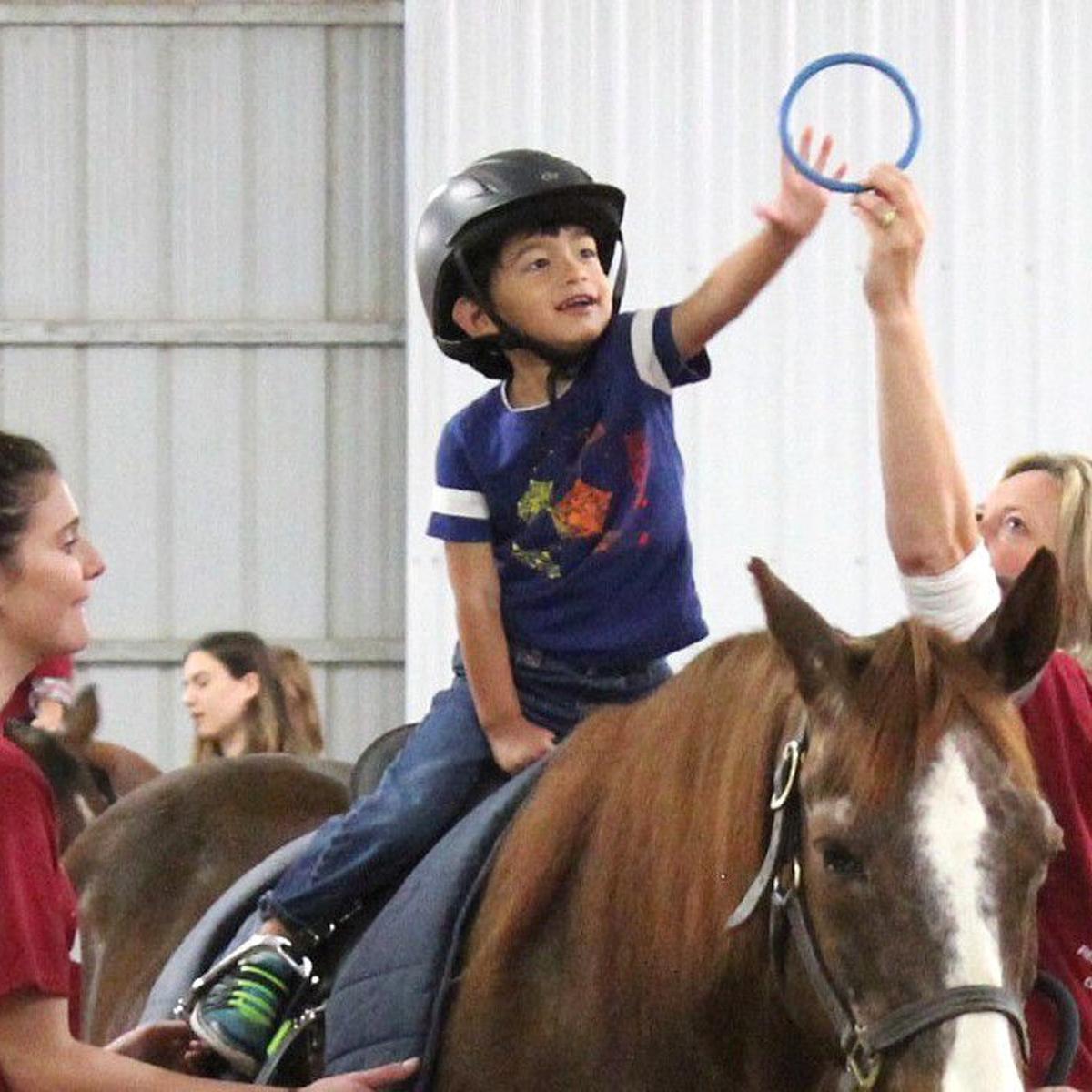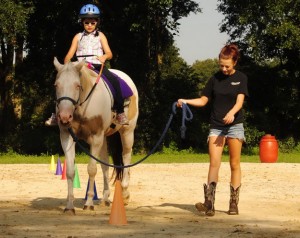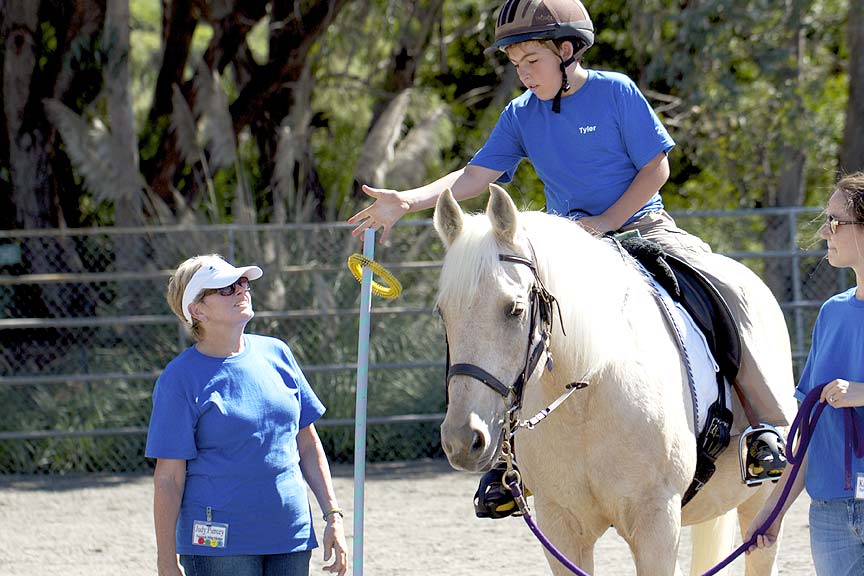
WHAT IS THERAPEUTIC RIDING?
Therapeutic riding is one of the most progressive therapeutic activity that through horses it helps individuals with special needs to improve their physical, cognitive and emotional well-being. Riding horses specifically for therapeutic purposes has helped children with special needs, affected by Down syndrome, Autism, Eating disorders and substance abuse. This website is mainly going to focus on 'How to improve the health of kids affected by autism through therapeutic riding?'.
Over the therapy horses are used as a partner and over the sessions they help children relax, develop muscle tone, coordination, confidence, and well-being. Over the lessons children start adopting new behaviors with horses, because for them it is easier to get closer to animals. Later this therapy will help them attributing the same behaviors and feelings to people. Each individual is assisted by at least one instructor.

WHERE IS IT PRACTICED?
Therapeutic Riding takes place in:
- Parks
- Reserves
- Stables
- Farmland
WHAT IS PRACTICED?
For each session, instructors choose various teaching methods and tools, games and exercises to help children achieve objectives. Explanation of some of the exercises:
( Link to check further exercises )
- BEAN BAG TOSS:
Game: Toss bean bags into hula hoop or baskets in front of the riders, whoever gets the most in wins.
Benefits: Object control, hand eye coord, counting skills, turn takin. - HATS GALORE:
Game: Everyone chooses a hat to put over their helmet, practice taking it off, back on, put on arm, leg, etc.
Benefits: Tactile awareness, spatial awareness, concepts of above, below, over, under. - OBSTACLE RACE:
Game: Include turns, change directions, over poles, etc.
Benefits: Steering skills, sequencing, immediate recall, balance, spatial awareness. - TACK RACE:
Game: Race to spot, identify, and retrieve a specific piece of tack.
Benefits: Balance, knowledge, lateral skills, receptive/expressive language


BENEFITS?
- CREATING AN EMOTIONAL BOND: Children who are affected by autism tend to have problems in bonding emotionally with others. During the therapy children learn how to install a physical communication with the horses. They brush them, hug them, and pat them. All these activities help the children to start learning how to take care and feel emotions towards someone. Later this emotional bond can lead to social and communication skill production with other people in their life.
- RELAXING TIGHT MUSCLES AND BUILDING MUSCLE STRENGTH: The instructor always helps and stays close to child, but anyway the child needs to learn how to ride the horse. Through this learning he/she builds muscle strength and improves motor coordination, posture and flexibility.
- GAINING SELF CONTROL AND CONFIDENCE: Over the therapy the child will learn how to interact, ride and work with his/her horse and this factor will help him/her build a stronger relationship with him/herself (control and confidence).
- COGNITIVE AND LANGUAGE SKILLS DEVELOPMENT: Autistic children have problems with the understanding of simple directions. This therapy will help the child try to follow directions through a fun activity. Moreover, during the exercises the child will also learn how to give directions to his/her horse. The child will be excited and motivated to communicate. Over the therapy his cognitive concepts will naturally improve.
- SENSORY BENEFITS: Balance and spatial orientation are improved through sensory organs. These organs are found next to the inner ear and they help people maintain awareness of positioning when walking, running or riding. These sensory organs get improved over the therapy, because the child gets confidence with his/her animal.

Made by Federica Toja
Dynamic drawing and letterforms Class
Parsons Paris